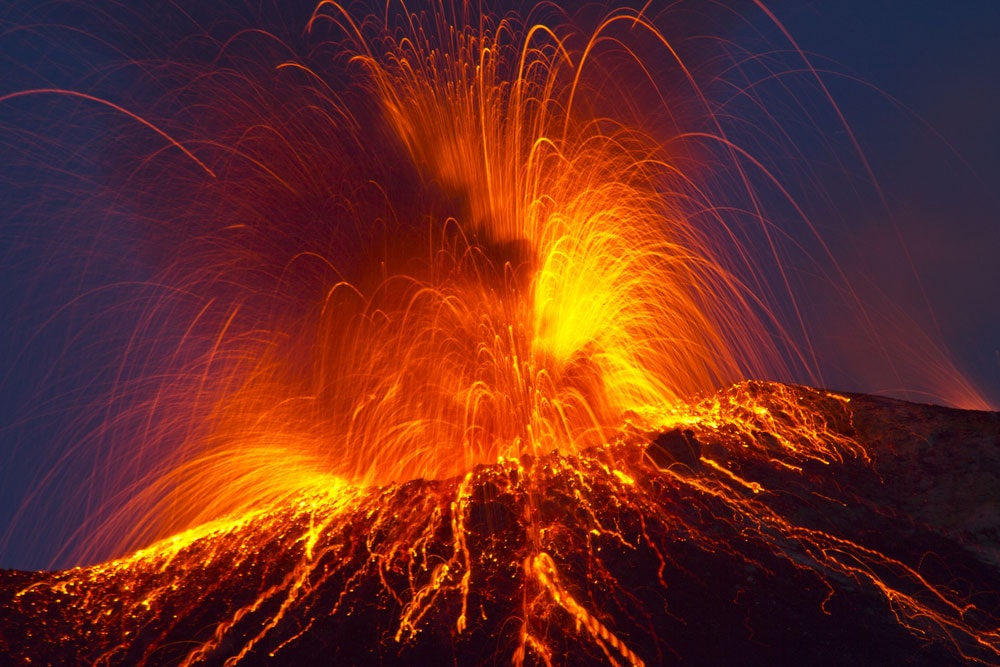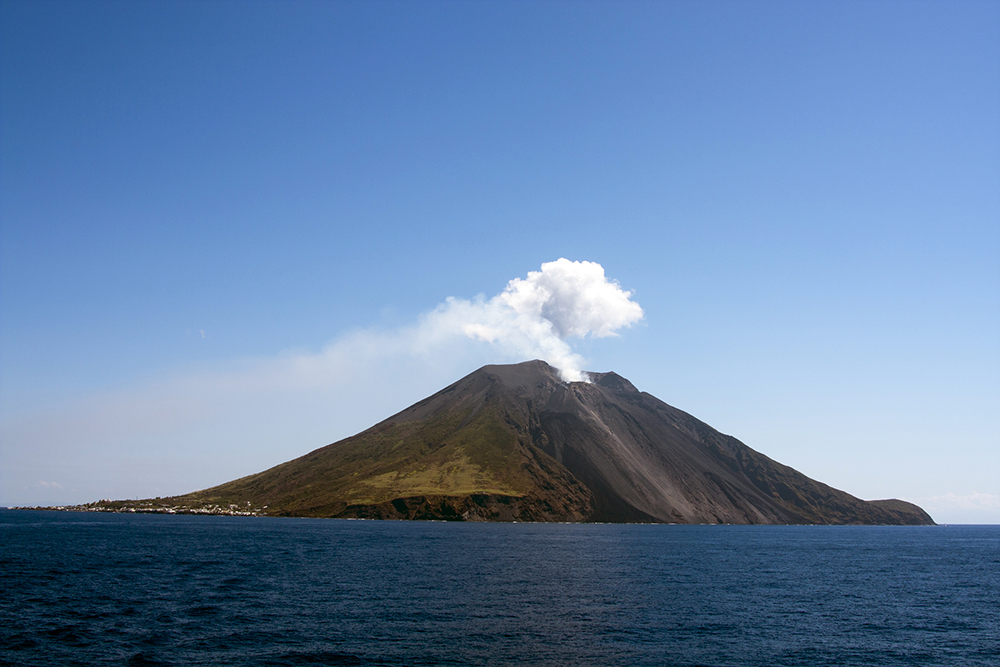From the iconic silhouette of Mount Vesuvius to the explosive Stromboli, Italy’s volcanoes are as diverse as they are awe-inspiring
Italy, a land of timeless beauty, is not only home to some of the world’s most captivating art, cuisine and architecture but also numerous volcanoes, which have played a central role in Italian life for millennia.
Ancient civilisations revered them as sacred sites, attributing their eruptions to the wrath of gods. Over time, these mountains became key players in Italy’s history, leaving marks on its land and people. Beyond their destructive power, Italy’s volcanoes have also provided fertile soil for agriculture, particularly in regions such as Sicily, where vineyards and orchards thrive in the volcanic soil surrounding Mount Etna.
Italy’s Volcanoes: a journey into Earth’s fiery core
A visit to Italy isn’t truly complete without experiencing its volcanic heritage. These fiery giants are more than just geological phenomena – they are storytellers of ancient myths, witnesses to civilisations past and providers of fertile lands. They have shaped the country’s history, culture and landscapes, offering a unique blend of natural beauty and untamed power.

Below, we take you on a journey to discover Italy’s most remarkable volcanoes, exploring their geological features, historical significance and cultural impact. Whether you’re a hiker, history buff or are simply drawn to the raw beauty of nature, Italy’s volcanoes never fail to enthral.
Italy’s living volcanoes
Italy is home to some of the most active volcanoes on Earth, each offering a unique combination of natural beauty, scientific intrigue and historical significance. Among these, Mount Etna and Stromboli stand out as must-visit destinations for adventurers, nature enthusiasts and history lovers alike.
Stromboli: lighthouse of the Mediterranean
The island of Stromboli rises dramatically from the Tyrrhenian Sea, where the eponymous volcano sits, renowned for its violent bursts of molten lava, ash and rock. Hence, the term ‘Strombolian’ is used to describe comparable activity in other locations. Stromboli’s eruptions are visible for long distances; as such, it is known as the ‘Lighthouse of the Mediterranean’.


The peak is similar to Hawaii’s Mauna Kea,…
Click Here to Read the Full Original Article at Atlas & Boots…